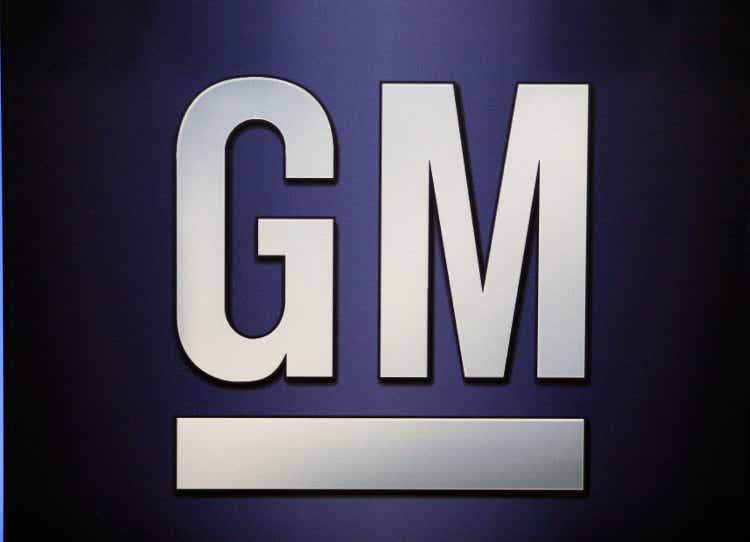
Bill Pugliano/Getty Images News
Opening remarks from CEO Mary Barra at the General Motors Investor Day on Tuesday briefly launched shares higher as the company’s chief executive expects its electric vehicle division to achieve profitability in Q4 of this year and added that GM (NYSE:GM) is on track to produce and wholesale approximately 200K GM (GM) branded EVs including the Cadillac Vistiq, along with eight new or redesigned ICE SUVs in North America.
Barra added that GM will share FY25 guidance in January but expects the company’s performance will be similar to the range established in 2024.
To accommodate a billion dollar contract with the United Auto Workers union that swelled labor costs, GM President Mark Reuss is looking for cost savings in the company’s marketing spend with expectations for $2B in fixed cost reductions, while also keeping down the cost of incentives. “Our incentive spending as a percentage of ATP is among the lowest of all OEMs at 4.5%,” Reuss added.
Battery technology to increase the production efficiencies of GM is being enhanced with the development of a battery cell center at the company’s global tech center in Warren, Michigan. “Because we can build our own cells, we have the potential to integrate new cell technology into full-size cells without relying on outside suppliers,” said VP of Batteries, Kurt Kelty, a former Tesla (TSLA) executive hired this year in a newly created role to help GM (GM) make EVs more affordable with the use of high-quality, cost-effective EV batteries.
The final presentation at the Investor Day was CFO Paul Jacobson who expanded on the financial future of its battery technology and the EV business. Jacobson expects battery improvements to drive approximately 50% of EV variable profit and EV EBIT to improve by approximately 55 points year-over-year by the end of this year, which turned out to be an important year for GM in terms of EV volume ramp.
“We remain committed to not over producing, to simply hit a near-term profitability metric. We are focused on creating sustainable value for the long run,” Jacobson said.
But with all the focus on EVs and the development of hybrids and alternative fuel vehicles, the ICE business remains“a fundamental business pillar for ongoing earnings growth,” Jacobson said, expecting the ICE industry to have a “long tail” and will continue to be a significant part of GM’s future.
Although the company won’t provide 2025 guidance for another 3 months, Jacobson sees 2025 EBIT in a similar range to 2024, U.S. new car sales (including EVs) to be in the low 16M range in 2025, and a $2B to $4B EBIT profitability tailwind in 2025. Meanwhile, GM (GM) also expects to return just under $1B to shareholders by early 2025.
During the Q&A, GM executives answered questions on the outlook in China, where the company has struggled to gain traction against cheaper Chinese offerings. While Barra insists the company will remain there despite pulling out of other challenging markets in India, Australia, Thailand, and New Zealand, she maintains there is still a healthy market for GM vehicles in the country, and downplayed calls to scale back operations, instead promoting the opportunities between GM (GM) and its joint-venture partner SAIC.
